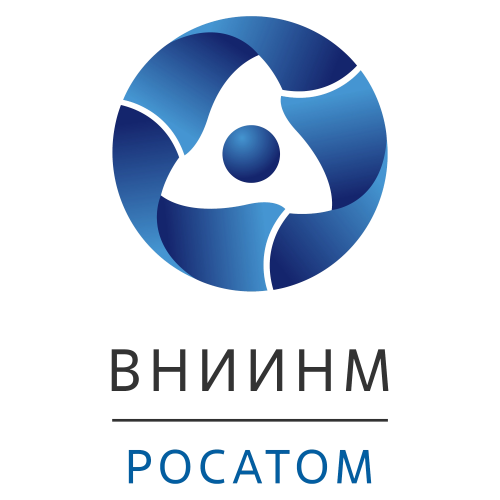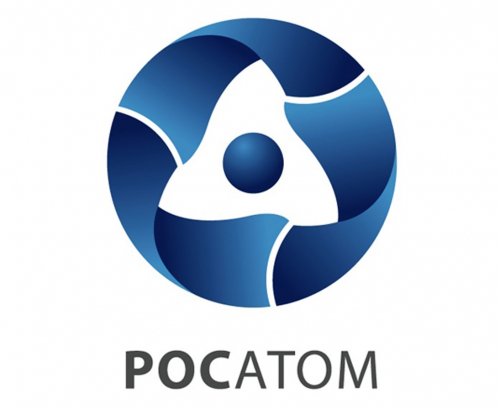
A.N. Frumkin Institute of Physical Chemistry and Electrochemistry of the Russian Academy of Sciences
Laboratory of physico-chemical methods of localization of radioactive elements
Publications
160
Citations
450
h-index
10
Authorization required.
Directions of the laboratory's work:
1) Improvement of spent nuclear fuel (SNF) reprocessing processes using oxidation and nitriding operations
2) Creation of new approaches to recycling waste containing plastic, ion-exchange resins, cellulose, toxic organic compounds
3) Development of radioactive iodine localization processes
4) Research in the field of inorganic chemistry of actinides
- X-ray phase analysis
- Differential Scanning Calorimetry (DSC)
- Thermogravimetry (TG)
- IR spectroscopy
- Nuclear spectroscopy
- Low-temperature nitrogen adsorption
- UV spectroscopy
- X-ray diffraction analysis
- X-ray absorption spectroscopy
- Raman spectroscopy
- Various types of inorganic syntheses: hydro (solvo) thermal, sol-gel, solid-phase

Sergey Kulyukhin
Head of Laboratory
Iurii Nevolin
Senior Researcher
Research directions
Improvement of spent nuclear fuel (SNF) reprocessing technologies)
+
One of the main tasks of modern radiochemistry is to create a technology for reprocessing spent nuclear fuel for the implementation of a closed nuclear fuel cycle (SNF).
Publications and patents
Found
Nothing found, try to update filter.
Сергей Алексеевич Кулюхин, Андрей Валентинович Гордеев, Елена Петровна Красавина
RU2724893C1,
2020
Сергей Алексеевич Кулюхин, Игорь Андреевич Румер, Владимир Борисович Крапухин, Виктор Александрович Лавриков, Владимир Васильевич Кулемин, Елена Петровна Красавина, Маргарита Петровна Горбачева
RU184350U1,
2018
Алексей Владимирович Сафонов, Варвара Евгеньевна Трегубова, Константин Эдуардович Герман, Сергей Алексеевич Кулюхин, Борис Григорьевич Ершов, Ольга Анатольевна Горбунова
RU2528433C1,
2014
Сергей Алексеевич Кулюхин, Наталья Андреевна Коновалова, Маргарита Петровна Горбачева, Игорь Андреевич Румер, Елена Петровна Красавина, Любовь Владимировна Мизина
RU2497213C1,
2013
Сергей Алексеевич Кулюхин (RU), Сергей Алексеевич Кулюхин, Николай Борисович Михеев (RU), Николай Борисович Михеев, Алла Николаевна Каменска (RU), Алла Николаевна Каменская, Наталь Андреевна Коновалова (RU), Наталья Андреевна Коновалова, Игорь Андреевич Румер (RU), Игорь Андреевич Румер, Любовь Владимировна Мизина (RU), Любовь Владимировна Мизина, Нина Васильевна Танащук (RU), Нина Васильевна Танащук, Елена Петровна Красавина (RU), et. al.
RU2346346C2,
2008
Lab address
Москва, Ленинский проспект, 31, корп. 4
Authorization required.






